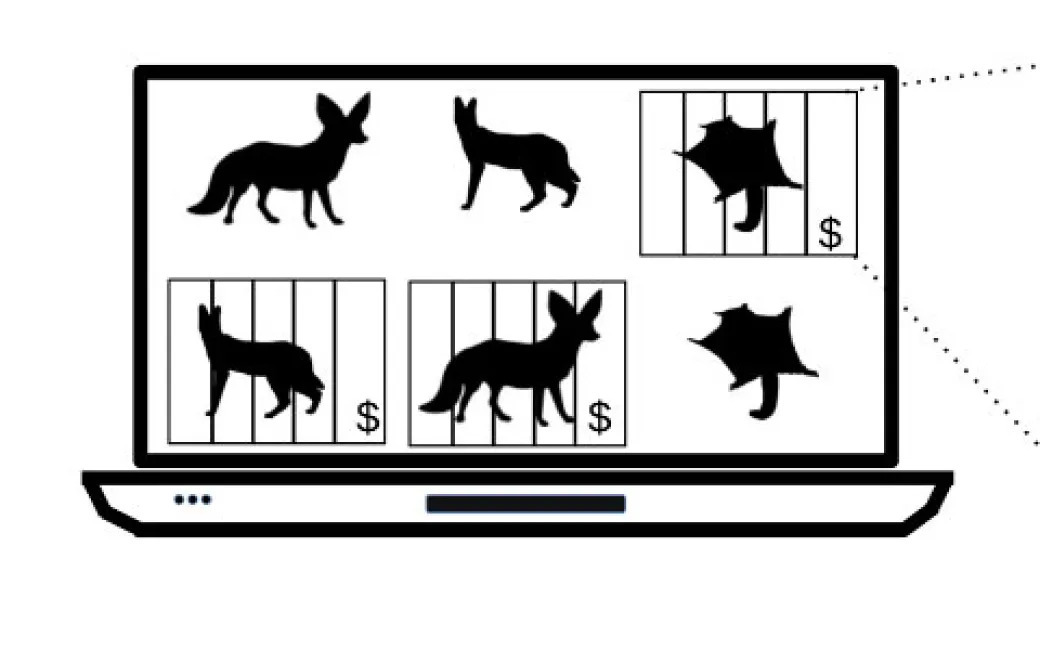BIG DATA
University of Helsinki AI methods tackle the illegal wildlife trade on the Internet

In Finland, scientists applied machine vision models and were able to deduce from the context of an image if it pertained to the sale of a live animal. These methods make it possible to flag the posts which may be selling animals illegally.
Illegal wildlife trade is estimated to be a multi-billion dollar industry where hundreds of species are traded globally. A considerable proportion of the illegal wildlife trade now uses online marketplaces to advertise and sell live animals or animal products as it can reach more buyers than previously possible. With the trade happening across the Internet, it is extremely challenging to manually search through thousands of posts, and methods for automated filtering are needed.
Compared to using computer vision to identify species from images, the identification of images related to the illegal wildlife trade of species is rendered difficult by the need to identify the context in which the species are portrayed.
In a new article published in Biological Conservation, scientists based at the Helsinki Lab of Interdisciplinary Conservation Science, University of Helsinki, Finland, have filled this gap and developed an automated algorithm using machine learning to identify such image content in the digital space.
“This is the first-time machine vision models have been applied to deduce the context of an image to identify the sale of a live animal. When a seller is advertising an animal for sale, many times the advertisement is accompanied by an image of the animal in a captive state. This differs from non-captive images, for example, a picture of an animal taken by a tourist in a national park. Using a technique called feature visualization, we demonstrated that our models could take into account both the presence of an animal in the image and the surrounding environment of the animal in the image. Thus, making it possible to flag the posts which may be selling animals illegally.” says Dr. Ritwik Kulkarni, the lead author of this study.
As part of their research, scientists trained 24 different neural-net models on a newly created dataset, under various experimental conditions. The top-performing models achieved very high accuracy and were able to discern well between natural and captive contexts. Another interesting feature of the study is that the models were also tested and performed well on data acquired from a source unrelated to training data, therefore showing the capability to work well for the identification of other content on the Internet.
“These methods are a game changer in our work that seeks to enhance automated identification of illegal wildlife trade content from digital sources. We are now upscaling this work to include more taxonomic groups beyond mammals and to develop new models that can identify image and text content simultaneously.”, says Associate Professor Enrico Di Minin, the other co-author who heads the Helsinki Lab of Interdisciplinary Conservation Science.
The scientists are planning to make their methods openly available for the use of the broader scientific and practitioners’ community.
